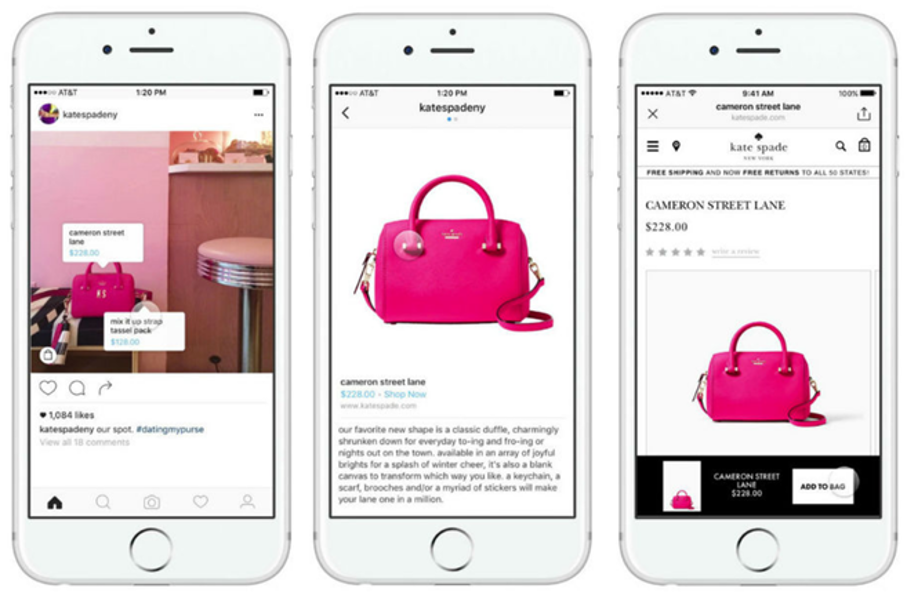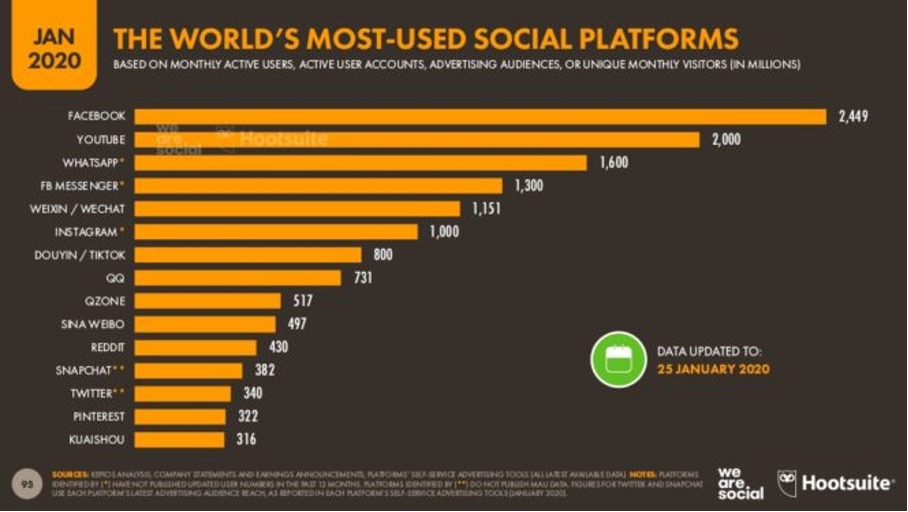Social Commerce: the challenge of “social” purchasing paths

Social networks have become part of the daily lives of billions of people around the world. Since the launch of Facebook in 2004, which can be considered as the first social network to have exploded, many networks have appeared over the years, such as Twitter, Instagram or LinkedIn to name a few. Today, nearly 53% of the world’s population uses these platforms on a daily basis, making them an incredible marketing vector for merchants who want to maximize their influence. Social commerce is democratizing!

Social networks: an opportunity for merchants
Social networks are part of the founding elements of digitalization on a global scale, as is e-commerce. Even if the transition was made slowly, we could notice over the years the growing interest of Internet users as well as merchants and companies for the Internet world.
And it didn’t take long for these companies to understand the commercial opportunity that social networks represent. The first step of Social Commerce was the appearance of advertising spaces on the different pages of social networks.
By consulting their news feeds, users could be offered targeted ads while browsing the network. The targeted aspect of these ads was a new and revolutionary concept in the field. These ads used to be general and meant to reach as many people as possible at once, as Henry Ford’s famous quote indicates: “People can choose any color for the Ford T, as long as it’s black”.
This is no longer relevant today, as ads today are much more targeted and personal. If you search for a pair of shoes on a search engine, you are likely to find related ads when browsing your favorite social network afterwards.
Another more recent element accelerating the transformation of social networks into a commercial space: influencers. These are simply important web personalities who federate a large community and become influencers to subscribe to a service or make a purchase. They include music stars, movie stars, professional athletes or even some personalities who have broken through directly on the Internet, such as certain YouTubers for example.
Many companies have understood the influence of these web personalities and propose what is called “Special Operations”, in other words advertising operations with influencers as their main muse. Thus, your favorite singer will be asked to promote certain products directly on his social network pages in exchange for payment.And that’s not all: the next step for retailers is to make it possible to buy their products on social networks

The democratization of Social Commerce via adapted payment paths
To confirm the founding elements of commerce on social networks and complete the purchasing process, it was necessary to be able to offer Call to Action directly. The current challenge is to allow the user to quickly buy a product he has spotted on his news feed, with an adapted experience, generally mobile-first, but still secure.
Instagram is one of the most used social networks nowadays and is starting to offer services like this. Bought by Facebook in 2012, this social network focuses on photographs that are a good way to showcase products, especially with the multitude of filters and retouching that can be done directly through the tools it offers.
The solution found here was to label the products present on the photos or videos. The jacket that an influencer wears on one of his posts will be identified and accompanied by a link redirecting the user to a page where he can buy the product online if he wishes. The routing of this transaction is still variable, as Instagram initially used the Facebook marketplace as a database for the products. Recently, the e-commerce company Shopify has been offering its own solution, called “Shop Pay”, on Instagram and Facebook.
The principle is simple:
- The user opens his network and starts to consult his news feed
- It locates a product on a post
- Interested, he clicks on the link available directly on the post
- A purchase pop-up window opens where they can finalize their order via Shop Pay, with an express route in which their payment and delivery details are stored to shorten the experience.
Instagram and Facebook are not the only ones offering such services. In China, the importance of mobile apps is even more palpable than elsewhere. WeChat Pay and Alipay are two applications with a colossal influence on the Chinese population. These applications centralize and condense everything that can be done via mobile applications: sharing photos, booking vacations, managing finances… Instead of having to download a dedicated application each time, Chinese users can access all these features on these two applications mentioned above.
ByteDance, the parent company of the popular youth network TikTok, is starting to offer payment functionalities integrated directly into the posts. TikTok being banned in China, ByteDance will focus on the Chinese equivalent, Douyin, by proposing Call to Actions directly on the short videos present on the network. With approximately 600 million active users in mid-2020, we understand the huge opportunity that Douyin Pay and Chinese social networks in general represent.
The goal of Social Commerce is to reduce the steps required to purchase a product via a social network. Instead of finding a product on a network and then searching for ways to buy it on the Internet, you will be able to do everything on the same platform. Social networks are multiplying and continue to be used by a growing number of people around the world, making them an inevitable commercial axis for e-tailers.



